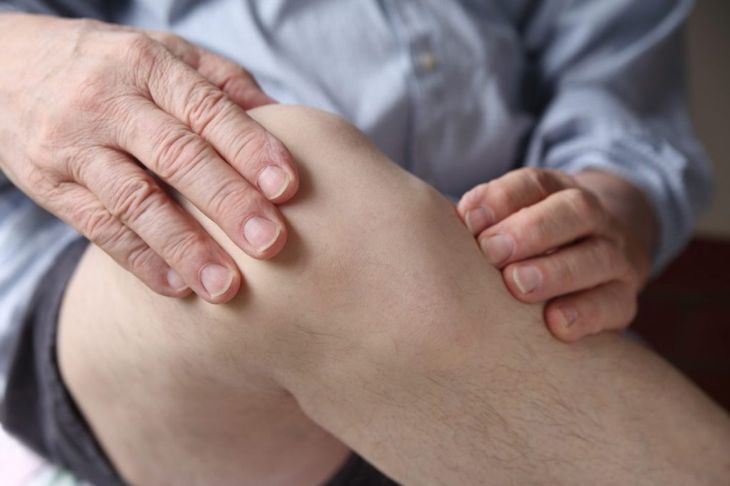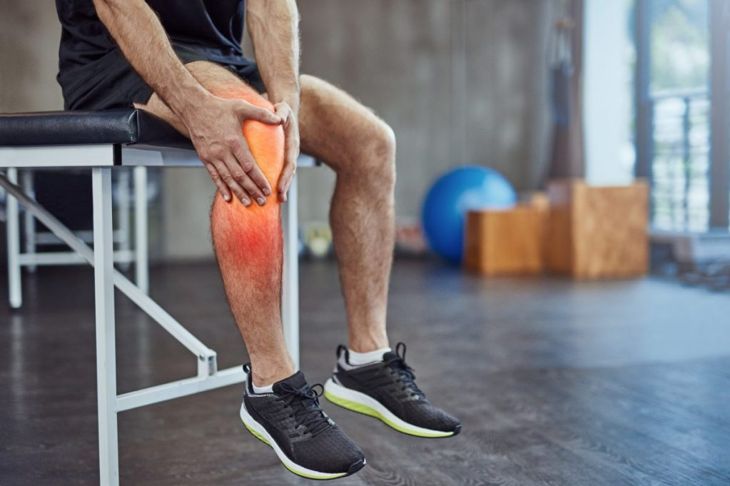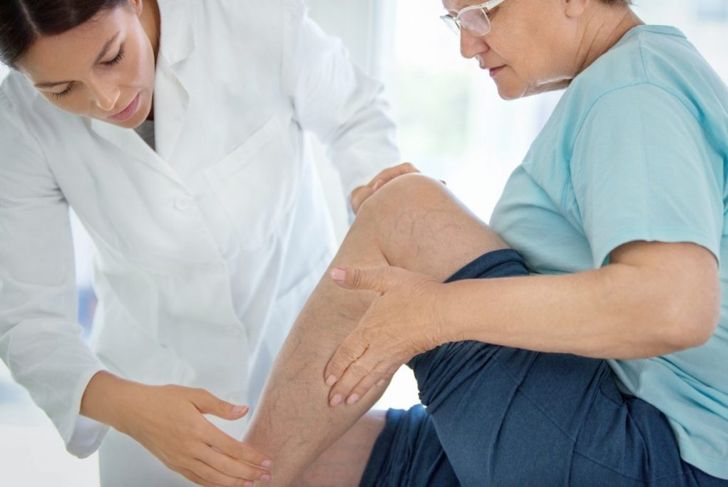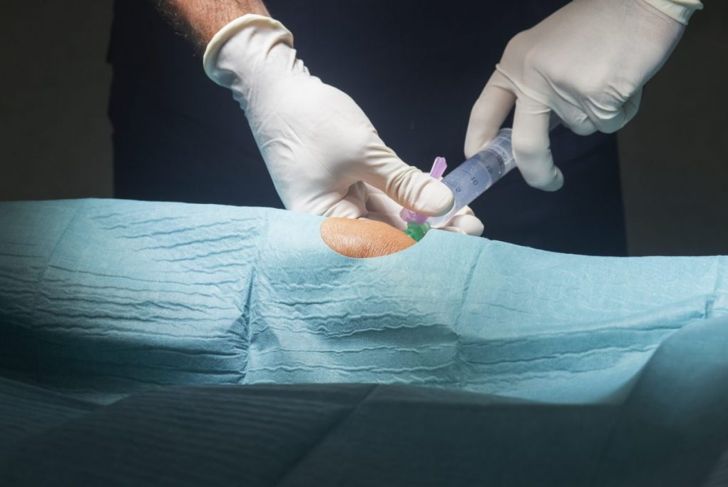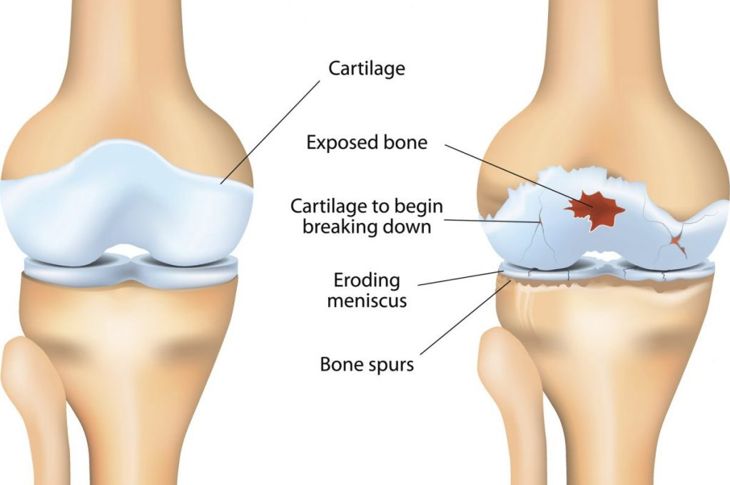Osteochondritis dissecans is a joint condition wherein a portion of the bone underneath the cartilage of a joint dies due to lack of blood flow. When this happens, the weakened bone is more susceptible to chipping or fracture. Either the bone or the cartilage — or both — can then break loose. The fragment ends up trapped, which can hinder joint motion, cause pain when moving in a certain way, or lead to more permanent joint degeneration. Osteochondritis dissecans is most common in children and adolescents whose bones have not fully developed.
Mobility Symptoms
If you have Osteochondritis dissecans (OCD), you might not realize it at first, especially if the bone fragment hasn’t detached or is small. You may notice some difficulty with range of motion in your joints. Your knee might not fully extend, or you may have difficulty reaching out your arm or raising your shoulder. You may also notice crepitus, a grating, cracking, or popping sound when moving the joint. If one of your knees is affected, you may limp or favor that leg. Stability may also be an issue; you may feel limited in how much weight you can place on the leg.
Painful Symptoms
One of the first indicators of OCD is pain, specifically in the joint. The area will hurt more after overuse, such as following a sports game or workout. You may also notice pain from normal body function. Stiffness and swelling are also signs that you might have an osteochondritis dissecans fracture. Effusion, or an abnormal collection of fluid in the joint area, can lead to soreness and painful swelling. Weakness in the joint and tenderness to the touch are also common symptoms of OCD.
Cause: Ischemia
Ischemia is a reduced blood supply to part of the body. While this condition often refers to the heart not receiving enough blood, it also pertains to reduced blood flow to joints and cartridge, especially as a consequence of injury. When part of your cartridge isn’t receiving proper blood flow, it or the bone can atrophy and split off, causing OCD. The necropsy of the bone leads to easy breakage.
Cause: Genetic Factors
Some families may be more susceptible to OCD than others; the condition tends to affect more than one family member, possibly because of the genetic component to the positioning of small blood vessels around the joints. While the specific genetic markers for osteochondritis dissecans aren’t known, if you know you have a family history of OCD, use caution when playing sports or engaging in a strenuous physical activity.
Cause: Physical Injury
Weak menisci or muscles around the knees can make people more susceptible to OCD after a physical injury. In the knees, especially, the resulting restricted blood supply is usually due to blood vessel or vascular problems. Repeated stress to the bone or joint can make it more vulnerable, especially for those who play contact or high-impact sports. If you’ve received a joint injury, consult your physician about diagnosing OCD before the symptoms cause further damage to the joint.
Diagnosing Osteochondritis Dissecans
While the above symptoms may prompt a visit to the physician, only an X-ray or other internal imaging can properly diagnose OCD. The doctor needs to determine if there is a partial or full breakage or trapped bone, and analyze the flow of blood around the affected area. Expect to give your medical history, especially your history of exercise and sport. Early diagnosis is critical; thickening of cartilage in the early stages may be reduced by surgery. The symptoms of OCD present similarly to several other joint conditions, including inflammatory arthritis, osteoarthritis, bone cysts, and septic arthritis. Your physician will be able to determine for sure and treat you accordingly.
Non-Surgical Treatment
If you catch OCD early on, you may be able to heal the condition without surgical intervention. These less invasive treatments can include a change of activity, rest, and cessation of sports activity. For those who still need to move around for daily life, the doctor may offer a brace or stabilizing wrap. Taking time to rest the injured joint gives the bone time to heal. It can also prevent future bone chipping and fracture, crater formation, or cartilage collapse. Preventing cartilege collapse is critical, as your body cannot regrow this part. Anti-inflammatory medication and physical therapy may also be part of the treatment regimen.
Surgical Treatment
For more severe cases of OCD, or those that were not detected early enough to allow the bone to heal naturally, surgery on the affected joint is an option. This procedure helps restore the blood flow around the joint and removes any dead tissue, allowing the joint to work normally again. The surgeon will drill into the lesion and create pathways for new blood vessels. Resumed blood flow delivers vital nutrients to the chipped bone, helping it heal. However, the damaged cartilage will need to be replaced with a transfer or graft. Any loose bone fragments will either be reattached or removed and if the cartilage is still attached to the bone, pins or screws can be used to secure it.
Complications from OCD
Left untreated, OCD can lead to several complications. For middle-aged adults with osteoarthritis, many had osteochondritis dissecans as a child or young adult. Other complications include pain, reduced joint function, recurrent swelling of the joint, and the formation of loose fragments. The joint may continue to seize up during movement, which could result in further injury. Early detection is key to reducing complications from OCD and returning your joint to full function.
Preventing OCD
Preventing OCD may not be foolproof, but you can reduce your chance of injuring your joints by wearing protective gear when playing sports, or avoid rougher, full-contact games entirely. If you know you have a family history of OCD, take care when exercising. Learning proper form for certain physical activities, as well as strength training and stabilizing exercises for the knees, can help reduce the risk of OCD.

 Home
Home Health
Health Diet & Nutrition
Diet & Nutrition Living Well
Living Well More
More